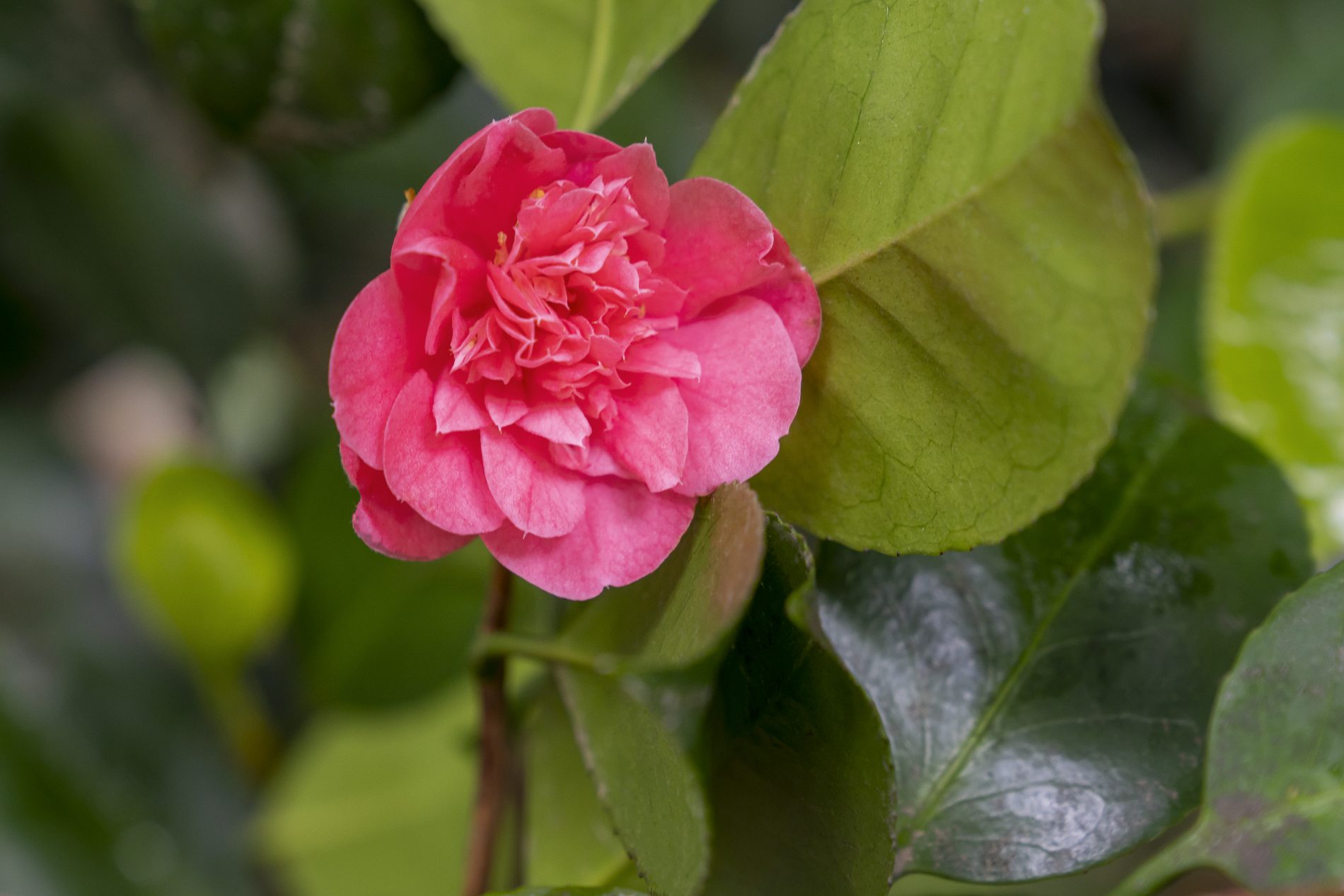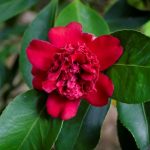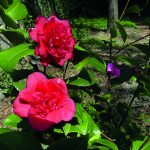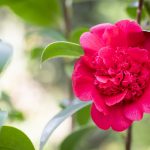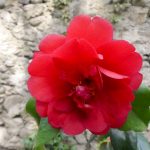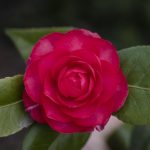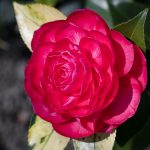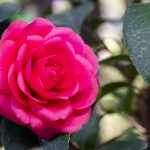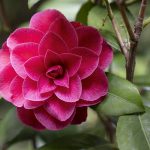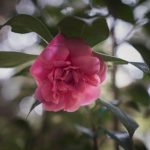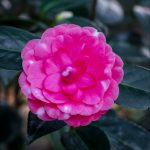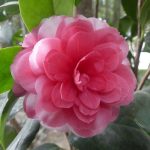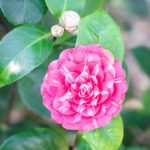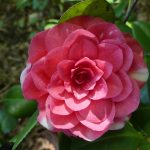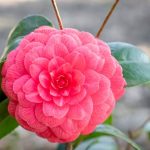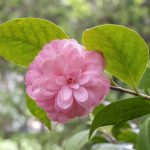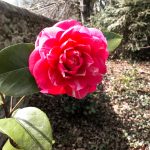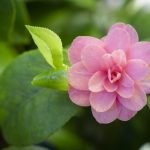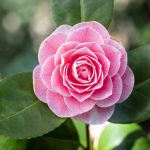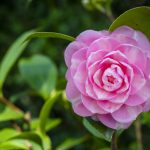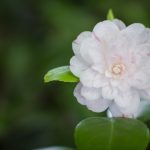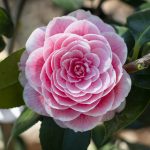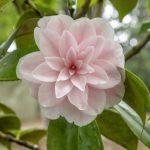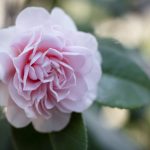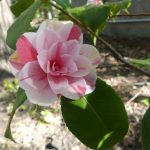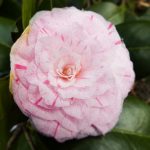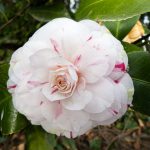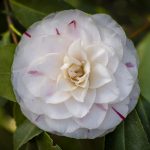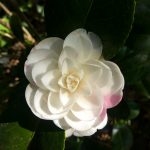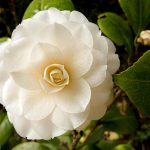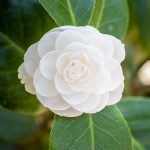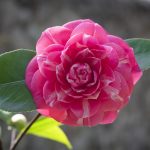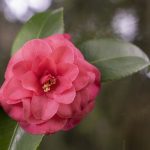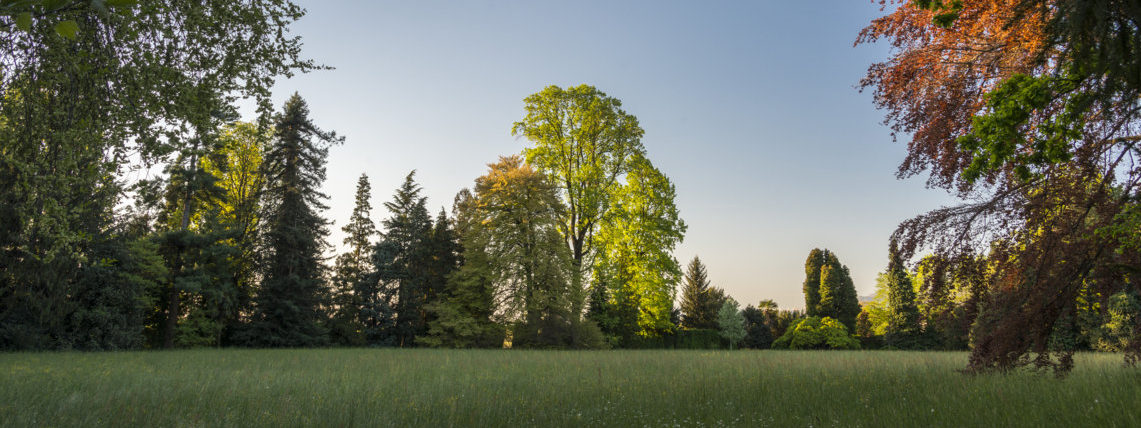113. Ignea
CODICE: 113
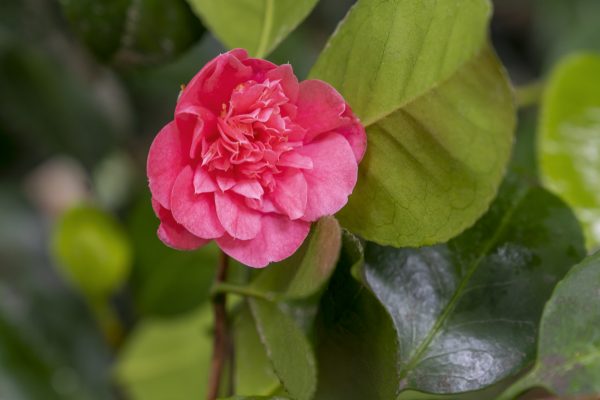
Morphological characteristics
FLOWER
- FLOWER
- Paeony form
- DIAMETER
- 7,2 – 8,5 cm
- DEPTH
- Paeony form
- SIZE
- Small-medium
- PETALS
- Number: 11 - 13
Shape: Rounded
Surface: Flat
Margin: Incised
Color: Deep Purplish Pink (55 A) - STAMEN
- Number: 49 - 99
Disposition: In groups
Filament’s color: 2 D
Anther’s color: 14 B - PETALOIDS
- Number: 28 - 36
Disposition: Irregular - VARIEGATIONS
- Type: Marblings
Color: White (155 D) - OTHER FEATURES/NOTES
- Other features/ notes: Evident veining
LEAF
- LUNGTH
- 7,0 – 8,7 cm
- WIDTH
- 3,8 – 5,8 cm
- SHAPE
- Blade: Ovate
Apex: Acuminate
Margin: Briefly serrated - COLOR
- Upper page: 147 A
Lower page: 146 A
Plant observed
- Location
- San Secondo di Pinerolo, Park of Miradolo Castle (TO)
- Number
- 113
- Origin of the mother plant
- Villa Durazzo Pallavicini (Genoa) – N. 56
- Blooming
- Period: Late Density: Low
- Where to observe the same variety
- Piero Hillebrand nursery Villa Borrini (LU)
Historical and bibliographical information
- Origin
- Franch
- Year of constitution
- 1835 circa
- Breeder
- M. Noisette – Paris or M. Cachet – Angers – France
- Synonyms
- ‘Ignivoma’
- First known description
- Berlèse, 1841, Iconographie, vol. I, pl.51: “The flower is broad, concave, double and a beautiful deep red, a carmine lacquer mixed with vermilion, more or less intense. The corolla is irregular. The exterior petals are numerous, but broad; the others erect and spoon shaped, slightly emarginate and veined with vivid red.”
- Additional citations
- Berlèse, 1845, Monographie du genre Camellia. G. Cattolica, A. Lippi, P.E. Tomei, 1992, Camelie dell’Ottocento in Italia, p.46. 2012, Antiche camelie della Lucchesia, p.94-95.
- First known illustration
- Berlèse, 1841, Iconographie, vol. I, pl.51
- Additional illustrations
- -
- Notes and remarks
- -
